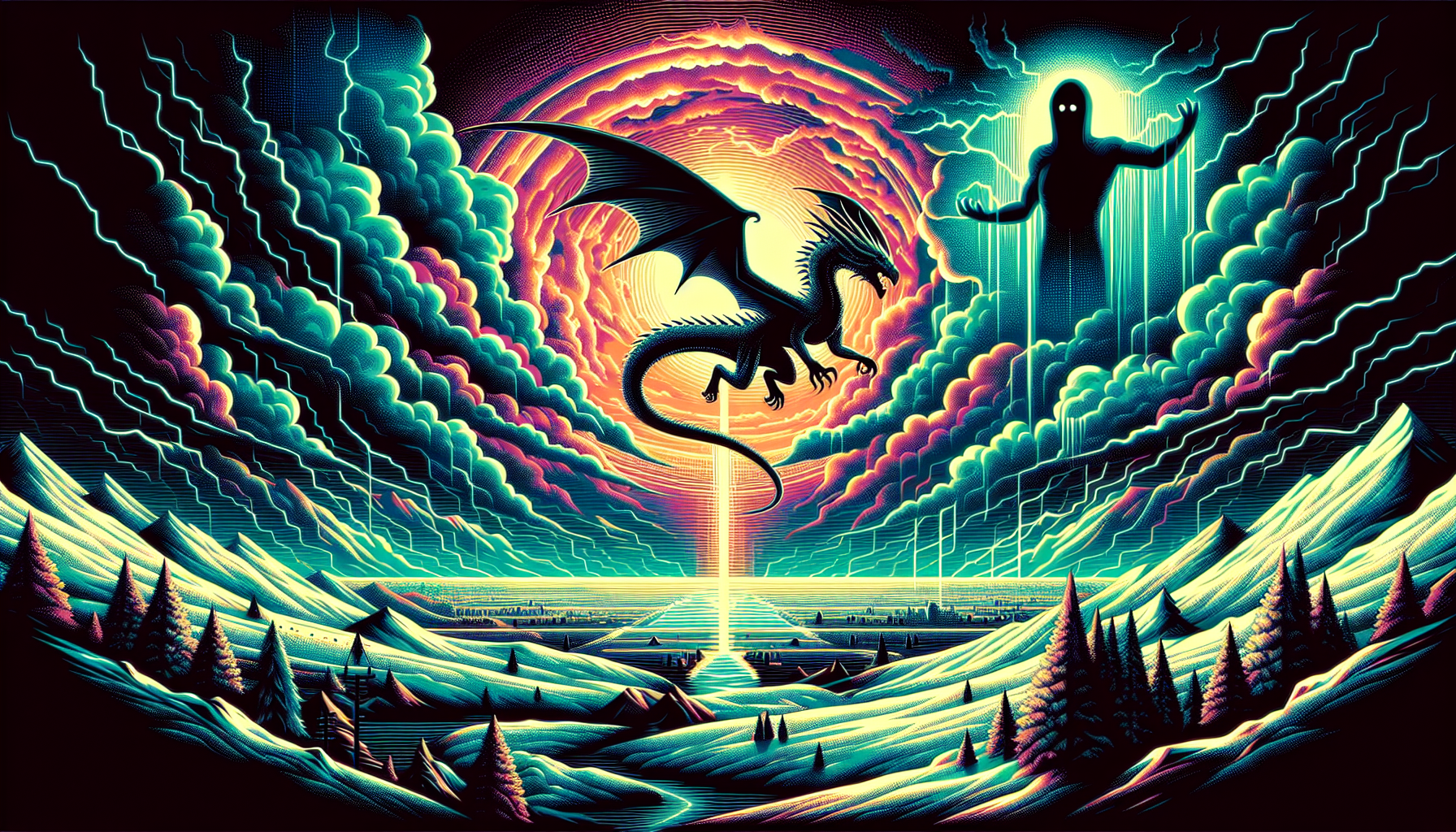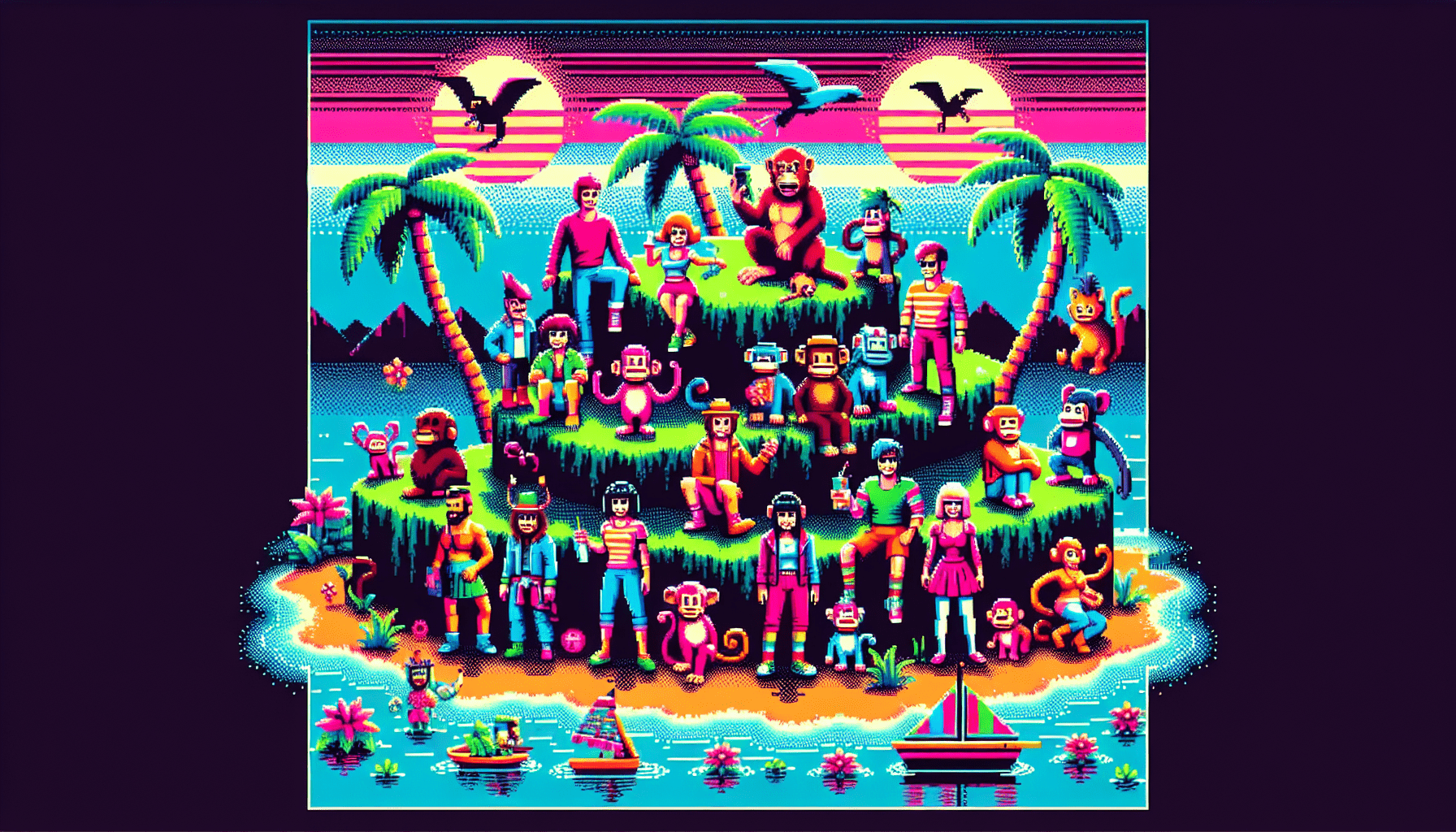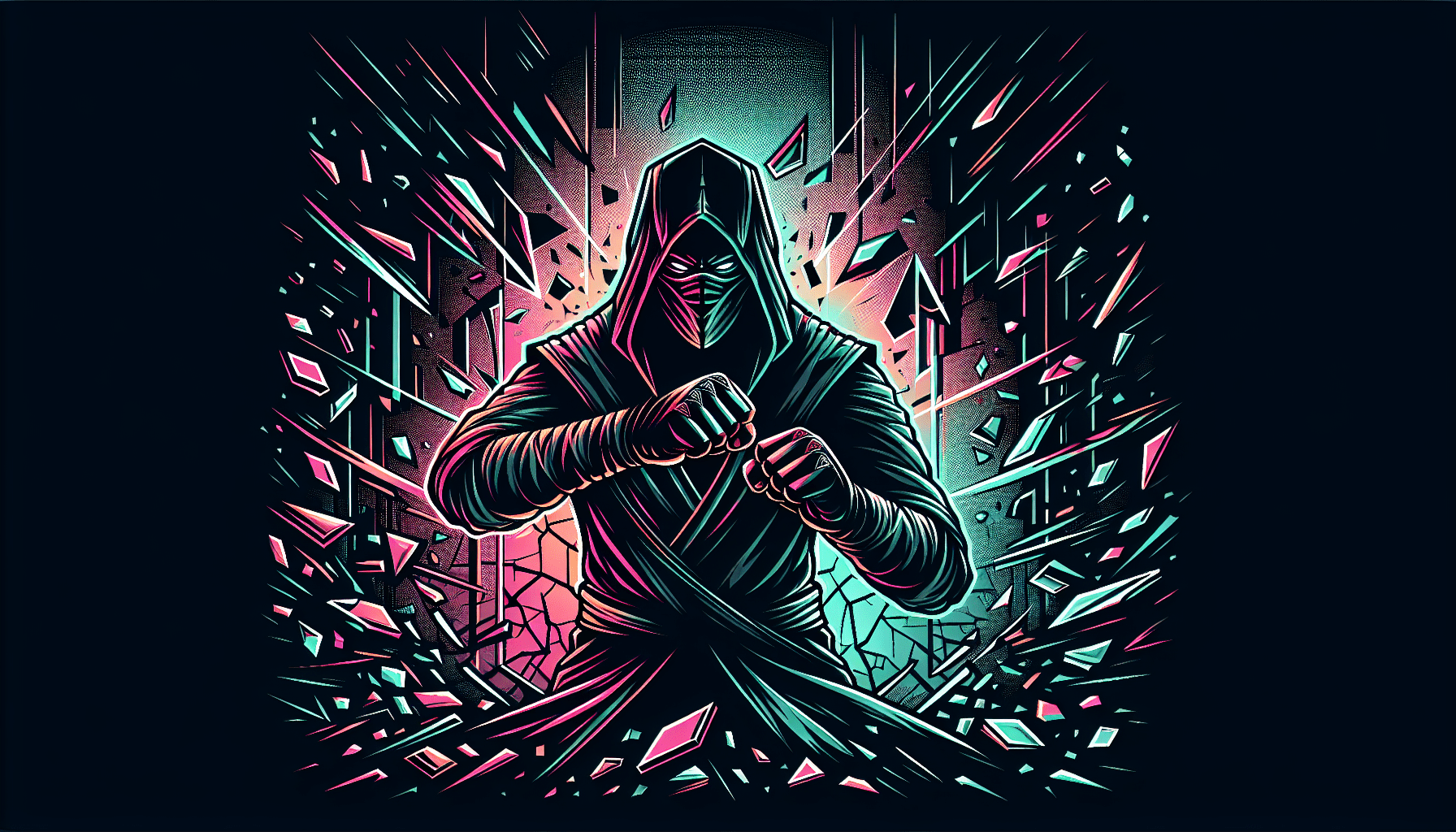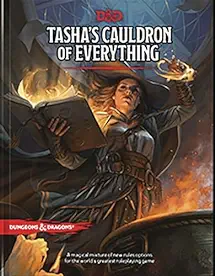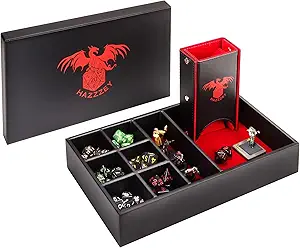At the onset of *Game of Thrones*, the realm of Westeros is steeped in a historical disillusionment regarding magic. Once vibrant and dynamic, the magical essence within the lands has largely receded into obscurity. Yet, like the flickering of a candle in an encroaching darkness, the re-emergence of dragons and the chilling arrival of the White Walkers signifies a turning point—the dawn of a Second Age of Magic. This exploration seeks to dissect the catalysts ushering forth this resurgence and the narrative implications they carry.
Understanding the Magical Ages of Westeros
To frame our discussion, we must first consider the context of magical ages within Westeros. The First Age of Magic was characterized by a world awash with supernatural phenomena, where sorcery was commonplace and dragons soared through the skies. Cultures revered magical beings and willingly acknowledged these forces as an integral part of their existence. However, gradually, our understanding of magic shifted. Over centuries, the belief in magic diminished, creating a cultural ambiance steeped in skepticism—a transition that marked the waning of the First Age.
With the passage of time, the connection to magical origins faded, leading many to believe that magic itself was a relic of the past. So, what constitutes this impending Second Age of Magic? It’s not just the presence of dragons or the stirrings of the White Walkers; it is a rekindling of belief. As characters grapple with the imminent return of ancient forces, magic becomes a narrative fulcrum, shaping destinies and intertwining with prophecies.
Key Players Awakening the Magic
Dragons: The Catalyst of Belief
The reintroduction of dragons to the narrative signifies an electrifying shift in the perception of magic. With Daenerys Targaryen emerging as the Mother of Dragons, the world witnesses a revival of awe and fear intertwined. Their sheer power challenges the long-held belief that magic has faded. As Tyrion Lannister keenly observes, “A dragon is no slave.” Here, the imagery of dragons as symbols of untamed magic is striking. They are not mere beasts; they embody the very essence of power and majesty, triggering a collective cultural awakening.
White Walkers: Harbingers of Ancient Magic
In stark contrast to dragons, the White Walkers represent an ancient, existential threat looming over the realm. Their reappearance not only resurrects fear but also revitalizes interest in the arcane arts. As unyielding harbingers of winter and decay, their supernatural abilities enhance the narrative’s mythical scope. The chilling revelation that “the dead have risen” serves as a haunting reminder that magic, once thought dormant, now pulses through the very fabric of existence in Westeros.
Warlocks and Sorcery: A Perspective on Resurgence
Beyond the iconic dragons and undead, we must acknowledge the insight of warlocks—those who delve deep into the mysteries of magic. While magical economies may have waned, figures like the warlocks from Qarth remind us of the depth of knowledge possessed by those who embrace sorcery. They are not passive witnesses to the resurrection of magic; they are active participants. The warlocks’ abilities showcase a fascinating contrast to the mainstream perceptions of magic, suggesting that its resurgence is both a personal and cultural awakening.
Fan Theories: Unraveling the Secrets of Resurrection
As with any beloved series, fan theories abound regarding the catalysts of magic’s return. One compelling argument revolves around the Targaryens, whose very bloodline pulses with draconic magic. The theory posits that their return heralds a new age not just for dragons but for magic itself. This perspective is bolstered by the connection between Daenerys and her dragons as she strives to reclaim her birthright.
Another equally fascinating theory centers on the prophecy of the Prince That Was Promised—a figure foretold to be the savior of Westeros. Proponents argue that the resurgence of magic is intrinsically linked to this prophecy and the pivotal role it plays within the tapestry of fate. Could it be the return of a forgotten king, or perhaps Daenerys herself? This speculation leaves fans tantalized by the threads of destiny.
Lastly, we shouldn’t overlook the Children of the Forest and their ancient magic. Many fans posit that their influence stretches beyond historical implications and that their connection to revitalizing the ancient powers suggests a more profound reconciliation of the past with the present. They hold the key to the intersection of humanity and nature, potentially guiding Westeros into a new era of magical understanding.
The Future of Magic in Westeros
As we examine how magic intertwines with the narrative of *Game of Thrones*, we find ourselves contemplating its future potential. What does the resurgence of magic signify for the characters and their journeys? We see a world where belief and skepticism clash, where ancient prophecies guide the naïve and the learned alike.
Magic, much like the wheel of time, turns back upon itself. Characters once dismissive of its significance are forced to confront the reality of dragons and undead horrors. This compelling blend of fantasy and reality invites viewers to ponder deeper questions about power, destiny, and belief. As each layer unveils itself, it not only shapes our beloved characters but challenges our understanding of the fantastical world they inhabit.
Ultimately, the Second Age of Magic is not merely about the reawakening of powerful forces. It’s an invitation to consider how history informs the present and how the arcane, once thought lost, can rise again to shape the fate of all of Westeros, igniting our imagination to explore the ‘what-ifs’ that lie within this grand narrative.

